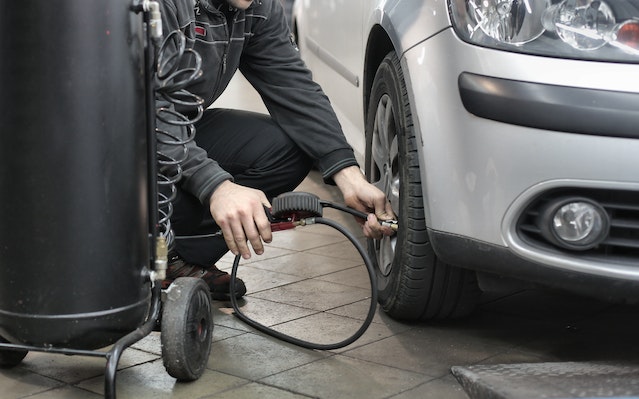 So it’s an exciting time when you’re learning to drive a car, no doubt you’re booking lessons with a qualified driving instructor to teach you the finer details about the skills of driving on the roads of Australia. But a good life skill to know basic car maintenance so that you can keep your independence through this new mode of transport in a safe and optimal condition between services.
So it’s an exciting time when you’re learning to drive a car, no doubt you’re booking lessons with a qualified driving instructor to teach you the finer details about the skills of driving on the roads of Australia. But a good life skill to know basic car maintenance so that you can keep your independence through this new mode of transport in a safe and optimal condition between services.
1. Regular Oil Changes
– Why? Oil lubricates the engine, reducing friction and preventing overheating.
– How often? Typically every 5,000 to 8,000 km, but always refer to your vehicle’s manual for specific recommendations.
2. Check and Replace Air Filters
– Clean air filters ensure the engine receives the proper amount of air, essential for efficient combustion.
– How often? Generally, every 20,000 to 24,000 km, though it can vary based on driving conditions and environment.
3. Tire Maintenance
– Pressure: At least once a month, measure tire pressure using a gauge, ensuring it matches the recommended level in your car’s manual or tire sidewall.
– Tread: The depth of tire tread affects traction. For the penny test, if the top of a coin inserted into a tread groove is visible, consider new tires.
– Rotation: Rotate to ensure even wear, extending tire life. Typically, this is every 10,000 to 13,000 km.
– And learn to change a tyre! It’s not that difficult and a basic skill to get you back on the road when you suffer a puncture. Far to many P platers these days have no idea on how to change a flat tyre.
4. Brake Checks
– Effective braking is vital for safety, and worn brakes can impact this.
– How often? Every 20,000 km or if you notice unusual sounds or vibrations when braking.
5. Fluid Levels
Besides engine oil, your vehicle relies on various fluids. Regularly check:
– Brake fluid
– Transmission fluid
– Power steering fluid
– Coolant
– Windshield washer fluid
6. Battery Maintenance
– The battery powers the engine start-up and other electrical components.
– How often? Check for corrosion on battery terminals every few months. After the battery is two years old, have it tested annually. Most last 3-5 years.
7. Wiper Blades
– Clear visibility is paramount.
– How often? Replace wiper blades annually or if they fail to clear the windshield effectively.
8. Lights
Regularly inspect all lights: headlights, brake lights, tail lights, and indicators. Promptly replace any that are out.
9. Belts and Hoses
Routinely check the engine bay’s belts and hoses, watching for wear signs like cracks, fraying, or leaks.
10. Regular Professional Inspections
Even with personal maintenance, periodic professional inspections are necessary. A mechanic might spot potential issues before they escalate. Keeping your dream learners car in good condition with extend its life and value.
For safety and durability, understanding and practicing car maintenance is crucial. While initially seeming challenging, with routine and familiarity, it soon becomes part of regular car care. Of course with modern electric vehicles maintenance is getting easier and the car is doing self checks for you. Even so, knowing these maintenance skills can help you help elders/ friends with a combustion engine on the road. Safe driving to all!